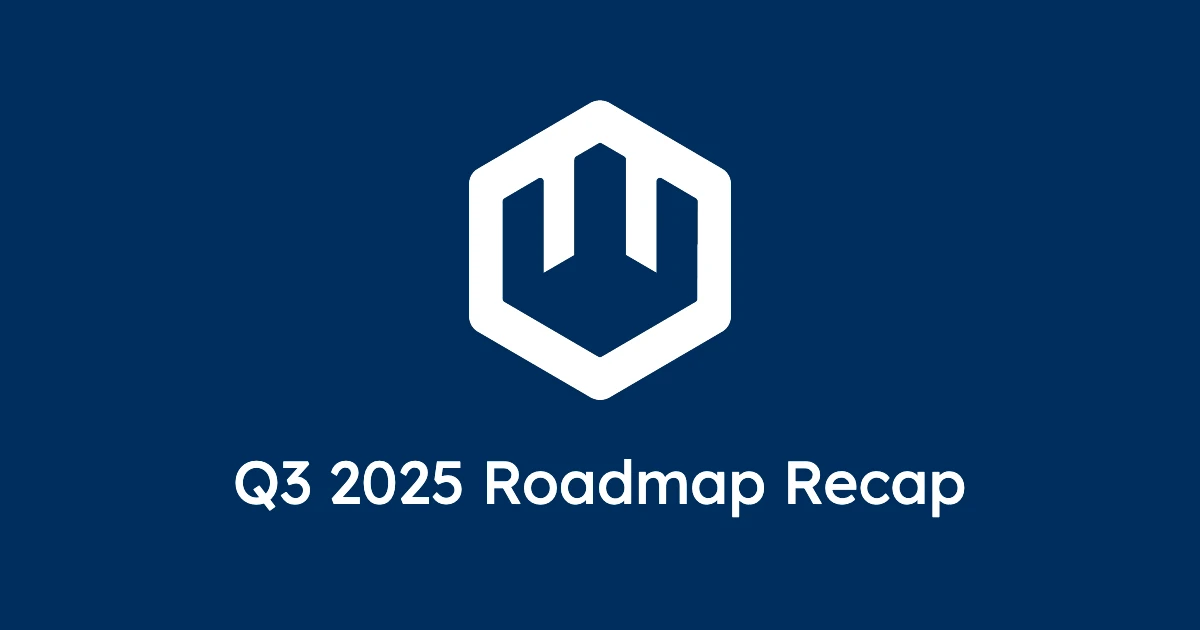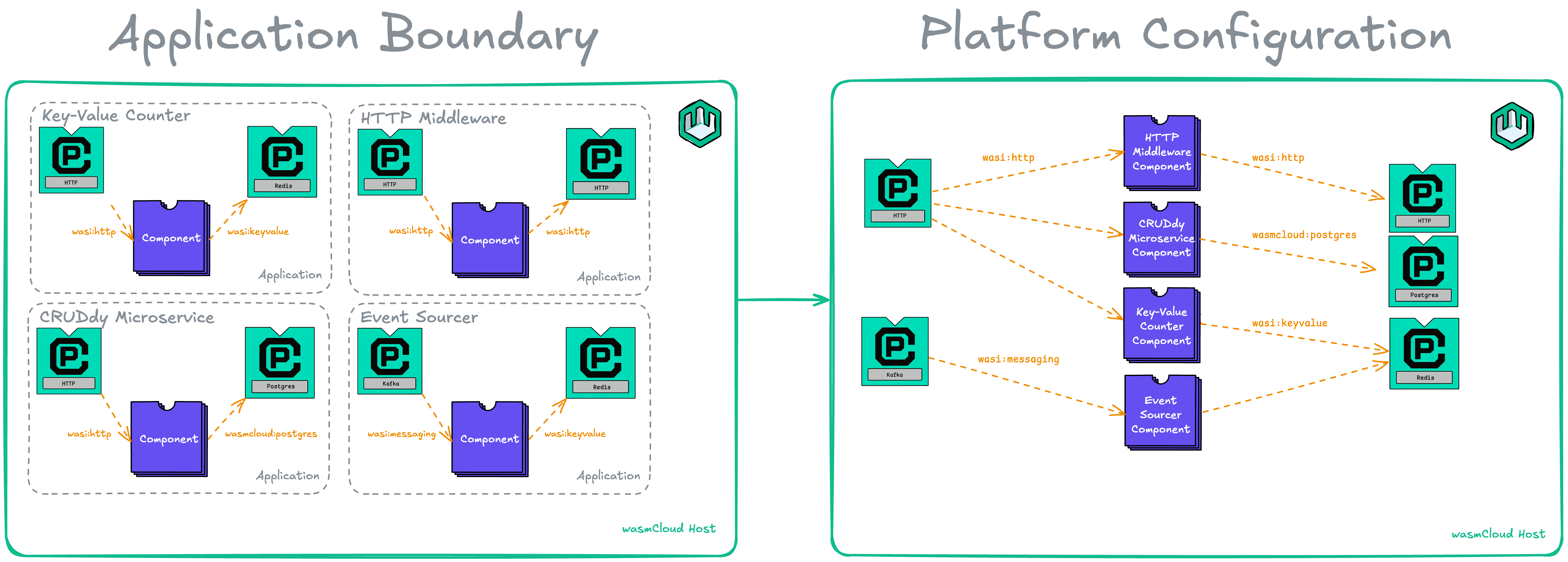Q3 2025 Roadmap Recap

Every quarter, wasmCloud maintainers, contributors, and users gather in the wasmCloud community meeting to define the roadmap for the quarter ahead. Last week, we talked through our goals for the project in Q3—in this blog, we'll recap the major initiatives that emerged from the meeting.
Reduce complexity in the wasmCloud host
Today, the wasmCloud host is responsible for a lot: not just running WebAssembly (Wasm) components, but also managing providers, reconciling state, and more.
This complicates operation in diverse environments like Kubernetes and the edge—a key goal of the project—and we think the host architecture can be a lot simpler. We're aiming to reduce the scope of responsibilities—and the API surface—for the host.
In the streamlined host architecture, the host will include our Wasm runtime and a wRPC API server. Once it starts and applies configuration (more on an important piece of config in a moment), the host will wait for a scheduler or orchestrator to tell it what to do via a control plane API.
Transition capability providers to "wRPC servers"
Capability providers are a wasmCloud-specific concept and, in maintainers' experience, one of the most frictionful elements of both development and operations with wasmCloud.
This initiative proposes that we rethink the provider concept as a “wRPC server”: any binary, container, component, or application that serves a WIT interface via one of the transports available with wRPC (TCP, NATS, QUIC, UDP, etc.).
The name is open to iteration, but the distinction is critical: since these reconceived providers would communicate over wRPC, the host wouldn't run them at all (dovetailing with the effort to reduce host responsibility).
Instead, you would configure a host with the connection information and transport necessary to communicate with a wRPC server. (This is very similar to LUK3ARK's proposal for "virtual components," in which the host communicates with an entity over wRPC.)
In addition to removing a host responsibility, this effort would enable developers to write capability providers/wRPC servers in any language that can implement wRPC, and these providers could optionally be deployed as containers.
Improve deployment density with shared capability providers
As Brooks discussed in Charting the path forward for wasmCloud, the current OAM-derived wasmCloud application model isn't quite optimal for large-scale microservice deployments, since it works against the kind of high-density to which Wasm is so uniquely well-suited. If every application includes, say, a duplicate HTTP provider, that can add up to a lot of redundant providers in your environment.
It's already possible for components to "share" capability providers by adding a shared annotation, but it's an awkward fit: swimming upstream to represent a platform capability in an application model.

This initiative aims to remove the "application" concept from the equation altogether and support configuration of hosts with connections to shared capability providers/wRPC servers that will provide platform-level capabilities.
Simplify interface maintenance
Over the last year, we've spent a lot of maintainer time on development and maintenance of standard interfaces as well as multiple implementations of those interfaces in the wasmCloud host. That gets particularly challenging when you're talking about interfaces (such as those that haven't reached Phase 3 of standardization in WASI), which are inherently subject to frequent or significant change.
If we implement interfaces as pluggable extensions to the host, we would be able to more quickly implement and iterate on upstream in-progress interfaces and maintain a minimal, stable set that we support by default. At first, that set would likely include:
wasi:cli/imports(io, clocks, random, filesystem, sockets)wasi-http/proxy(inbound and outbound)wasmcloud:component(wasmCloud features for guest components like links, contextual and env data)- wRPC NATS
- Possibly
wasi-config
Once they reach WASI Phase 3, the following interfaces would likely join the club:
wasi-keyvaluewasi-messagingwasi-blobstore
In the meantime, for the sake of stability, we can create wasmcloud-namespaced versions of these interfaces, exactly matching the current version upstream.
Intentional distributed networking
Distributed networking is a core wasmCloud superpower, but not every problem needs to be solved with superpowers. Specifically, not every call should be handled distributedly, since these are subject to transport failure and message loss (and are just inherently slower than an in-process call to a host function).
For this reason, we want to move away from distributed-by-default to distributed-when-it-makes-sense, and distributed-when-you-explicitly-ask-for-it. This should make for more stable, predictable workloads and improved performance overall.
Get involved
The initiatives above aren't the only items on this quarter's agenda—see the Roadmap project on GitHub for the full list—but taken together, they form a guiding constellation for wasmCloud in Q3 2025.
Whether you're a long-time community member or brand new to wasmCloud, there are plenty of opportunities to get involved. Join the discussion on the project board, find a good first issue, join the wasmCloud Slack, and make sure to join us at the next wasmCloud community meeting—we get together every week. Hope to see you there!
